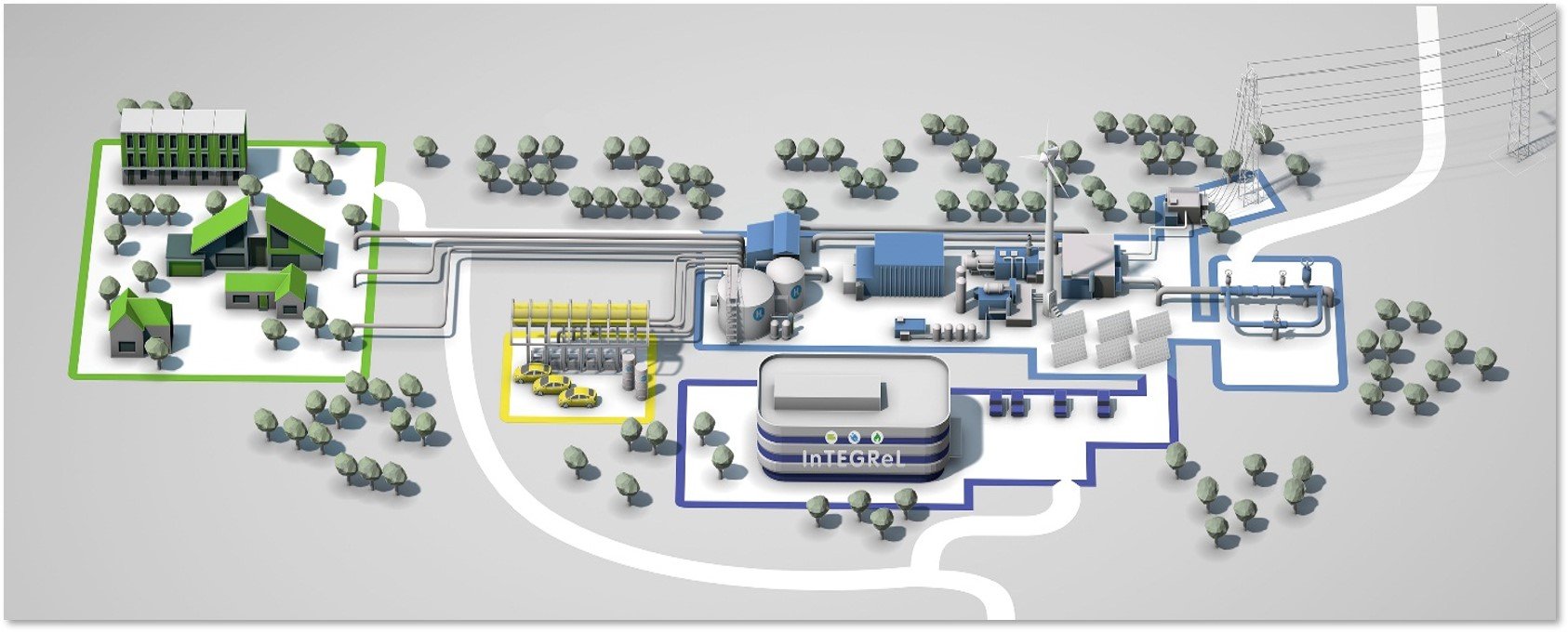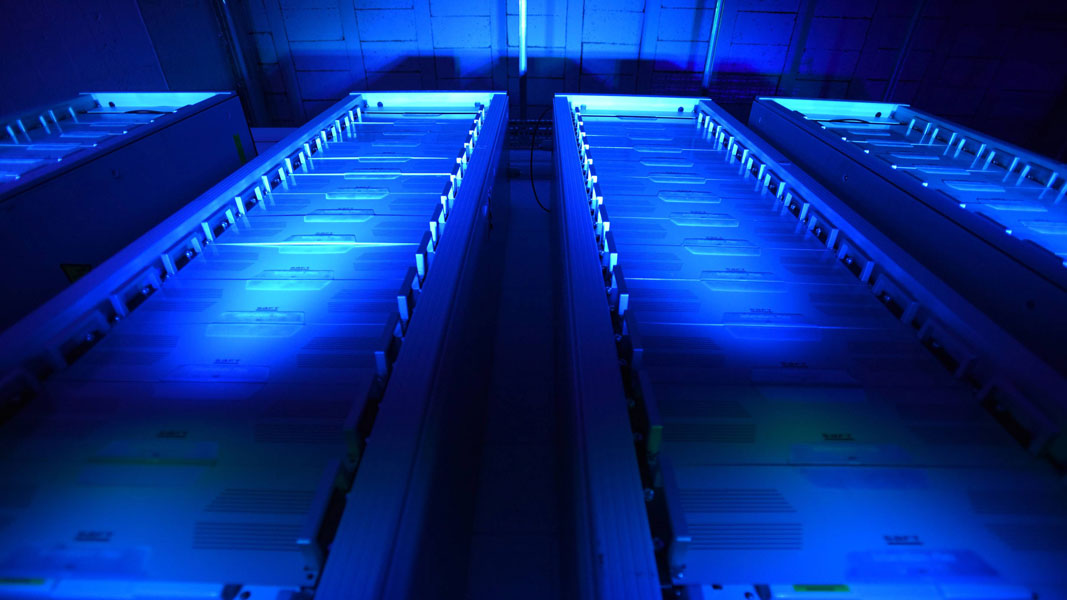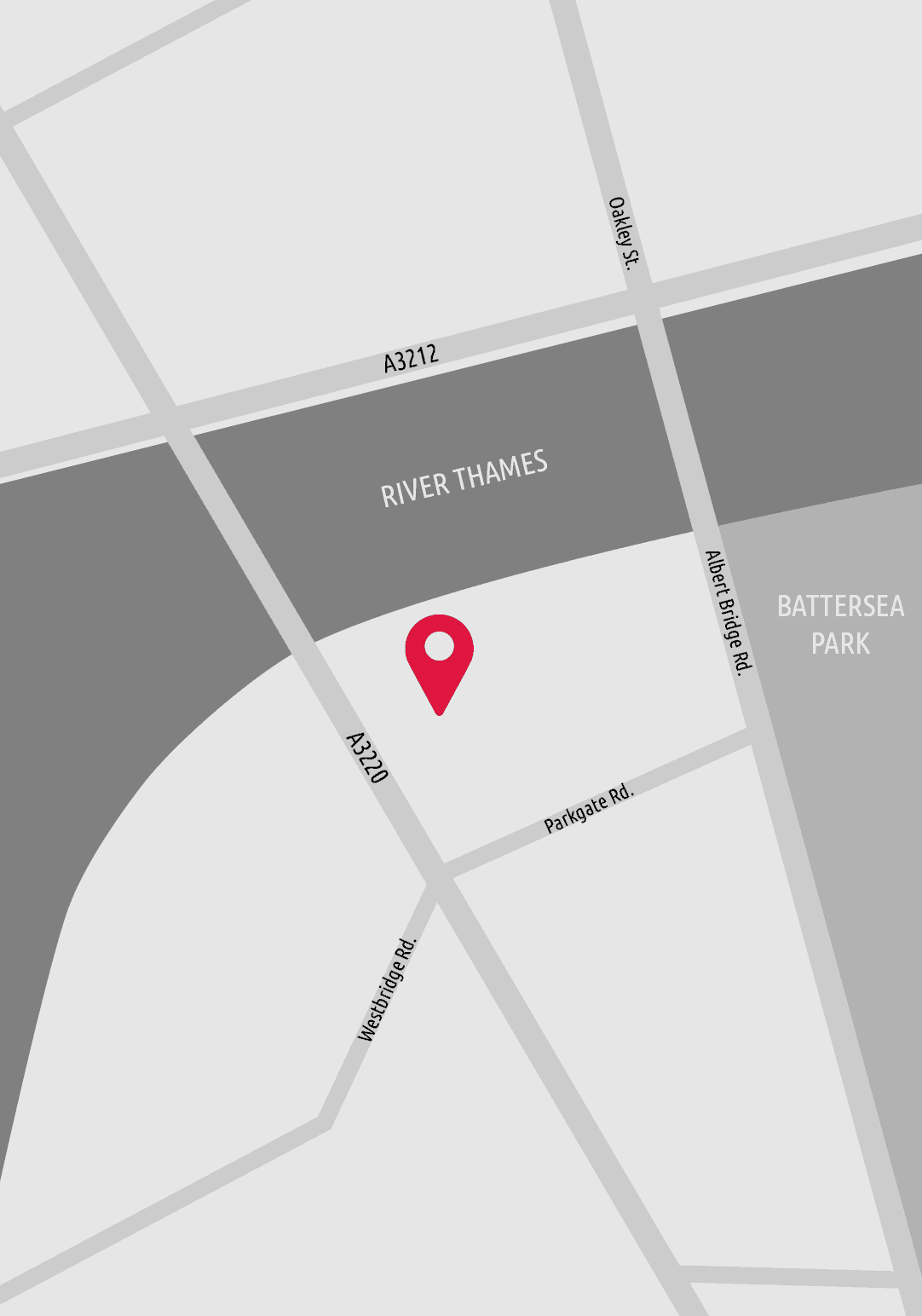For most people, 30 years seems far away, but it feels like next week to those of us working to meet the UK government's 2050 target for Net-Zero carbon emissions. Both for myself at Northern Gas Networks and for my colleagues in other utilities, the Integrated Transport Electricity Gas Research Laboratory (InTEGReL) facility is an important aid as we look to accelerate the pathway to decarbonisation, not just for a single utility, but from a whole-system perspective.
What we always believed, and what we have found to be true in our work at InTEGReL, is that there are opportunities to better integrate between electricity and gas systems in particular as we travel towards energy transition and reduce our reliance on fossil fuels.
One thing that's really important to us is the impact of decarbonisation on customers. We know that we need to move away from carbon intensive energy to using green energy sources (electricity from sources like solar and wind, as well as green gases like hydrogen), in addition to strategies such as having better insulated homes.
What we need to do is to understand in much more detail where energy is going in the home. We know that better thermal efficiency and decreased energy use in the home are essential to meeting carbon targets, but what we lack is the data to see exactly how and where energy is traveling in and out of homes at present. This is where sensor technologies, Internet of Things (IoT) and data analytics come into the story.
The Customer Energy Village and IoT to help manage energy use
At InTEGReL, a project that's a top priority for us in 2020 is the Customer Energy Village. We've secured funding to support the design aspects of the village, and we are working with partners to identify projects that will lead to the construction of a handful of properties which are representative of those that predominate in UK housing stock.
Whether it's a 1970s flat-roof apartment or a historic-style miner's cottage with thick stone walls, we first need to construct these dwellings and then use sensor and IoT technologies to analyse how they conserve or lose energy, as well as ways in which energy use can be reduced.
Areas of interest include home energy management solutions which use IoT in every room to understand metrics like temperature. These metrics are relayed back to a central control system that will let residents better manage how they heat their homes and reduce their energy bills.
The priority is to create systems that make it simple for consumers to reduce both their bill and their carbon emissions, with easy-to-use systems that they merely need to install and switch on. This will be particularly important for vulnerable consumers to ensure that they too can make the right choices for them and be part of a fair transition to a low-carbon future.
The Customer Energy Village is also where we will be installing hydrogen gas appliances for the first time in the UK, to demonstrate that hydrogen in the home is safe, practical and cost-effective.

Utility distribution network intelligence and IoT
Another customer-impacting aspect of utility distribution networks is the reporting and management of faults. Today, networks (be they gas, electricity, water or communications) typically discover a problem when customers phone up to say their service has gone off. While we do react extremely quickly to these reports, we'd rather be more proactive and start to predict where problems might occur, so we can mitigate them before they happen.
A brand-new, low-cost IoT data capture device that we're developing at InTEGReL along with Invisible Systems will support much higher penetration of monitoring on a utility network -- not just a gas network, but water, electricity, transport, or any other distributed infrastructure.
These IoT universal data capture devices -- 'universal' because they cover a wide range of functions, networks and information types -- will function not just using traditional mobile communications, as previous sensors have done, but over a narrowband IoT or LoRaWAN (LPWA) network, like the one that Three UK has installed at InTEGReL. This pervasive monitoring on our network is going to allow us to see things that have been invisible up until now, which in turn will let us develop more predictive processes and further enhance our service to customers.
We're also developing an IoT pressure sensor that, again, will be low-cost, which means it could be deployed onto our network at a cost point that's never been seen before. This will provide exactly the sort of data we've never had access to in the past and allow us to do all kinds of clever things in regard to remote management and engineering field force management. And in both IoT projects, sensors will offer 10-year battery life, so they can be 'fit and forget' rather than needing expensive maintenance.
The role of data in helping today's utilities meet tomorrow's demands
To decarbonise our utility networks, we need that digital layer that wraps around the basic infrastructure of wires and pipes, in order to make more sense of what's happening.
We recognise that, to decarbonise our utility networks, we need that digital layer that wraps around the basic infrastructure of wires and pipes, in order to make more sense of what's happening, and to help us operate the networks in a much more efficient manner than has been possible to date.
InTEGReL is effectively a proof-of-concept for a wide range of IoT based technologies: alongside our partners, we're testing the technologies there first, resolving any issues, and getting the technologies to a network-ready state before we go into live field trials. That's the whole purpose of the InTEGReL site: to de-risk, reduce cost, and accelerate what we're trying to do.
The fact is, we have a clear vision of our direction of travel: the plan is to transition our existing gas distribution network to a different, low-carbon gas like hydrogen. That means a period of transition where we'll need to split what we do: carry natural gas in one part of the network, and green gases in another.
InTEGReL is effectively a proof-of-concept for a wide range of IoT based technologies
That period of fragmentation will be necessary to get us to the point when everything is then transitioned back to one gas – for example hydrogen. During that transition period, having data coming back into us, with the analytics to support that, will be essential in allowing us to accelerate the decarbonisation of the gas network in a manner that reduces impact on the customer, that keeps cost as low as possible and provides the government with a clear trajectory to that 2050 Net Zero target. Data is absolutely essential in supporting everything we're doing.
Keith Owen is Head of Systems Development and Energy Strategy for the North of England’s gas distributer, Northern Gas Networks. For more information on its first deployment of hydrogen gas to UK customers, see here.





